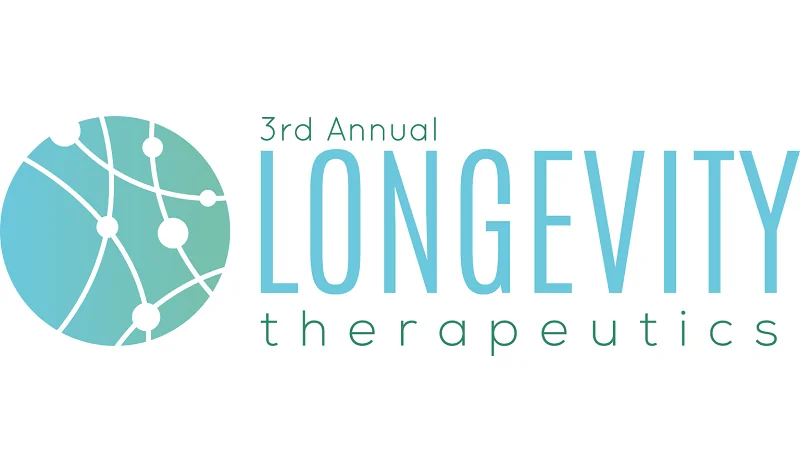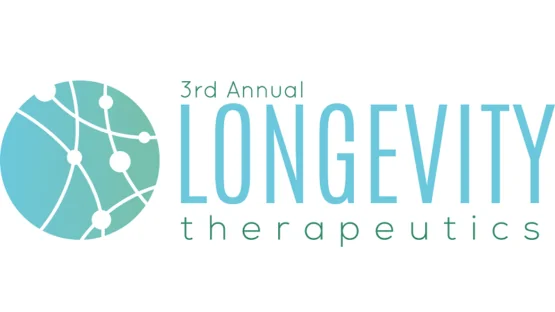We continue our coverage of Longevity Therapeutics 2021 and bring you part 2 of day 1.
Dr. Steven Braithwhite – Chief Scientific Officer, Alkahest
Steven Braithwhite from Alkahest gave an update on the company’s ongoing clinical trials. Alkahest has been sifting plasma proteome in search for proteins that decrease or increase with age (read our 2019 interview with Steven). The company calls such proteins chronokines and targets them with its candidate drugs, which are based, in part, on precisely formulated plasma fractions. Alkahest has been testing its candidates against Alzheimer’s disease, Parkinson’s disease, and age-related macular degeneration (AMD), and the company is currently running several parallel Stage 2 clinical trials. Preliminary data presented at the conference appears promising. One of Alkahest’s candidate drugs, GRF6019, was able to stall cognitive decline in several dozen patients with mild to moderate AD over the course of six months, showing a marked improvement over the control group. Another candidate, AKST4290, caused a significant reduction in peripheral and central inflammation in a preclinical mouse model. Alkahest’s work is an example of the recent focus on blood plasma among longevity scientists; we have been reporting on Drs. Irina and Michael Conboy’s groundbreaking research in the field, and check out our interview with a team of Russian biohackers who decided to take matters into their own hands and conduct a plasma dilution experiment on themselves.
Dr. Aubrey de Grey – Founder & Chief Scientific Officer, SENS Research Foundation
Aubrey de Grey needs no introduction. In his wide-ranging talk, he reiterated the basics of longevity research, including the seven types of damage that aging inflicts on our bodies. He also briefly touched on some relatively recent successes, such as the synthesis of glucosepane in 2015, and listed several spin-off companies that SENS has launched. One of them, Revel Pharmaceuticals, is working on enzymes that break glucosepane crosslinks (read our interview with Alexander Fedintsev on why extracellular matrix stiffening, caused in large part by glucosepane crosslinks, might be considered a new hallmark of aging). According to Dr. de Grey, there are currently well over a hundred startups in aging research. However, commercially speaking, the field is still in its infancy, which creates well-known problems, such as extreme price volatility of public longevity companies being triggered by even minor setbacks. De Grey called on fellow scientists to increase their involvement by “becoming worldwide thought leaders” and by making bolder predictions in relation to specific timeframes – something that scientists are usually averse to doing. De Grey asserted that this is the only way to “reassure the investor herd that profits are coming.” He ended his talk with musing that the COVID-19 pandemic might ultimately save more lives than it has claimed if, as a result, the world starts taking age-related diseases more seriously.
Reenie McCarthy – Chief Executive Officer, Stealth BioTherapeutics
Reenie McCarthy from Stealth BioTherapeutics gave a fascinating talk on mitochondrial decline as a cause of multiple age-related disorders, and her company has been making steady progress in this field. Just last month, it was granted a pre-NDA (new drug application) meeting for Elamipretide, its main candidate drug, as a treatment for Barth syndrome, a rare condition characterized by an enlarged and weakened heart. Age-related mitochondrial dysfunction hits the most energy-demanding systems in our body the hardest. These include the eyes, the heart, and the brain. Mitochondria comprise as much as 35% of the volume of cardiomyocytes, cells entrusted with heart contraction, and there are hundreds to thousands of mitochondria in every neuron. Elamipretide apparently normalizes mitochondrial morphology by reducing the production of toxic reactive oxygen species (ROS). Four other Elampretide trials, targeting ophthalmic and neurological disorders, are currently in Stage 2.
Dr. Alex Zhavoronkov – Founder & Chief Executive Officer, Insilico
Not many companies are as emblematic of the AI revolution in longevity research as Insilico Medicine. Alex Zhavoronkov described in depth the company’s end-to-end approach, which consists of three consecutive stages. One platform, called PandaOMICS, searches for perspective therapeutic targets by analyzing -omics data, such as genomic and proteomic. Another platform, Chemistry42, explores the vast chemical realm looking for molecules that can potentially influence these targets of interest. Finally, a third platform, InClinico, designs clinical trials and predicts their outcomes. The company has had its greatest success with Chemistry42, which is the fastest existing drug discovery platform, according to MIT’s Top 10 Breakthroughs of 2020. Several big pharma companies, including Pfizer and Merck, have already established drug discovery partnerships with Insilico. Meanwhile, the company’s research arm has turned its attention towards the link between cellular senescence and fibrosis. According to Zhavoronkov, the buildup of cellular senescence increases fibrosis, which, in turn, increases senescence, a phenomenon that he suggested should be called either senofibrosis or fibrosenescence. These two facets of biological aging also share many pathways. Without divulging many details, Zhavoronkov claimed a success on this front and promised a major announcement as soon as later this month.
Dr. Ronjon Nag – Founder, R42 institute
As AI and machine learning were a recurrent theme at the conference, it was reasonable for the organizers to arrange a workshop on AI and longevity. The workshop was led by Dr. Ronjon Nag, who is currently at Stanford and the founder of the R42 Institute that helps emerging companies, including in the longevity field, to integrate AI in their work. Dr. Nag began with a short introduction to AI, the turbulent history of AI research in which troughs followed crests more than once, and its basic tools. Nag then listed several medical applications where AI already shines, including personalized treatments, AI-powered gadgets that are helping to tilt the balance towards prevention, and the creation of more robust biomarkers of aging. Nag also mentioned what is probably the most spectacular success of AI in recent years: AlphaFold’s solving of the protein folding problem. AI is rapidly becoming an indispensable tool in medical research, and scientists need assistance and education in this field. Nag gave a brief overview of the current projects that attempt to do just that, such as MD.ai.
If you would like to know more, cou can read about the other days below:



